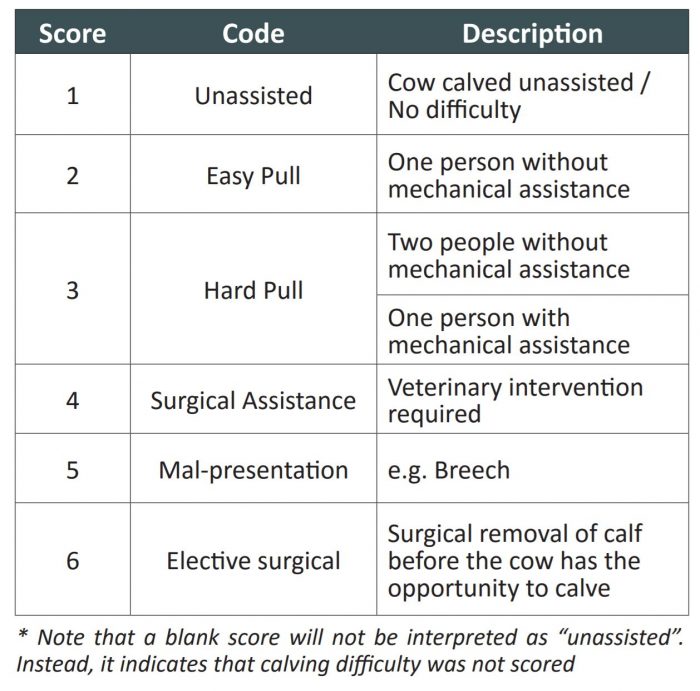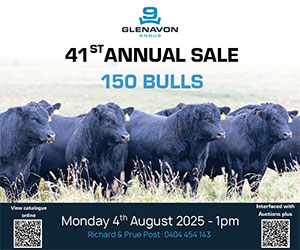Collecting Calving Difficulty Scores
Calving difficulty scores, in association with birth weight and gestation length information, are used to calculate Calving Ease Direct and Calving Ease Daughters EBVs within the TransTasman Angus Cattle Evaluation (TACE).
Calving difficulty should be measured at or shortly following birth by visually scoring the degree of calving difficulty on the following scale of 1 – 6.
If females are regularly checked during calving (e.g. on a daily basis), it is reasonable to assume that a calf who has been born without assistance between visits can be scored as unassisted (no difficulty) even though the calving was not observed.


- Calving difficulty scores should be recorded for the whole calf drop. Collecting “occasional” scores, or only collecting calving difficulty scores for a subset of calves is of no value and can lead to the calculation of biased Calving Ease EBVs.
- Record calving difficulty scores for all calves rather than just difficult or easy births. Recording calving difficulty scores for dead calves is particularly important.
- There needs to be some level of calving difficulty in the herd for the scores to be used effectively in the TACE analysis. That is, simply scoring all births in a herd with a calving difficulty score of [1] will not identify any genetic differences in ease of calving.
- A birth management group should be recorded if there are different treatments of the females prior to calving that may affect calving difficulty. For example, where one group of cows have had different feed availability, or where the level of calving difficulty has been affected by special circumstances (e.g. premature calves, the dam was sick etc.)
Click here to print
Angus Australia acknowledges the funds provided by the Australian Government through the Meat & Livestock Australia Donor Company (MDC).
This resource was created as a result of a collaboration between Angus Australia and Meat & Livestock Australia Donor Company (MDC) (Project P.PSH.1063).






